
We are looking for a partner with whom we can produce our first openarchitecture.me case study.
What is openarchitecture.me?
openarchitecture.me is a participatory architecture platform. It is build by the team behind the openinnovation.me, an open innovation platform for professional products. openarchitecture.me uses the same method and technology as openinnovation.me, and applies them to urbanism, architecture, and real estate.
What are the main benefits of openarchitecture.me for urbanism, architecture, and real estate?
We hope that every real estate project will include some level of participation, that every design in urbanism, architecture, and real estate management will be informed with the external stakeholder feedback. We also insist that this feedback is rewarded with cash, that it is not elicited for free or with gifts. Our tested process has proven to improve promotion, training, positioning, and innovation of customers and experts. Also, it reduces risk of adoption of new products, projects, and changes by improving education, training, and engagement. This is achieved through a careful combination of design, marketing, and digital experience.
What are the goals of the case study?
The two main goals of the case study are to fine tune the features and processes for the architecture and real estate, and to have a solid proof that it works. We consider the proof that openarchitecture.me works if a brand receives and rewards relevant innovations. The quantity of innovations is not relevant, while the quality is. We are replicating our openinnovation.me successful process where we successfully completed a case study with a partner, received substantial press, and presented it at conferences.
Who can be our case study partner?
We are looking for an architecture studio, real estate investment or management company, government organization which manages real estate decisions, or any other organization or company which owns or manages real estate.
What kind of a project can be used for the case study?
Any project in any phase – residential, commercial, production, public, cultural, sports. As long as it is a project either intended to be built or already built. It is important to state that already completed and in use projects are very welcome because we believe such projects should be innovated and upgraded as often as possible.
What are the responsibilities of a partner?
To cooperate with us towards the success and promotion of the case study. This would include providing us with content for their brand, projects, and opportunities, organizing promotional campaigns and activities (workshops, calls, advertising), evaluating innovations, and participating in the promotion of the case study.
What kind of support will the partner get?
We will provide a one year free license, one year free consulting, and a minimum innovators budget of 500 EUR. Typical reward might be between 50 and 100 EUR so the innovators rewards budget will amount to 5 to 10 rewards.
How will the case study be promoted?
We aim to promote the case study in our own media, in press, in academic lectures and conferences, and in any other way. The case study will always be branded as a partnership between openarchitecture.me and the partner. Our goal is that as many people as possible learn about the case study and decide to engage us, and also to see our partner as supportive of participation and innovation.
Is there a deadline?
There is no deadline, our goal is quality. We will continue sponsoring companies until we reach a satisfactory results, which means we might sponsor more than one company.
How can a company apply as a case study partner?
To apply or learn more please email Nikola at nikola@openinnovation.me.


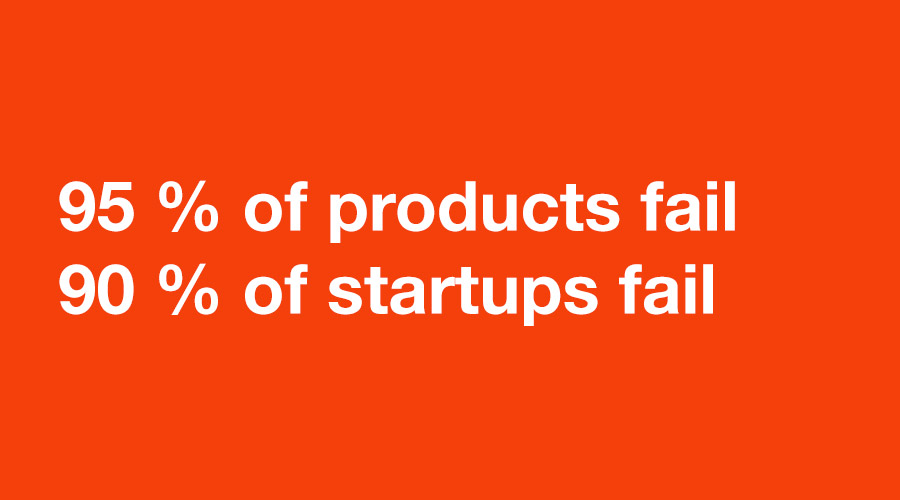












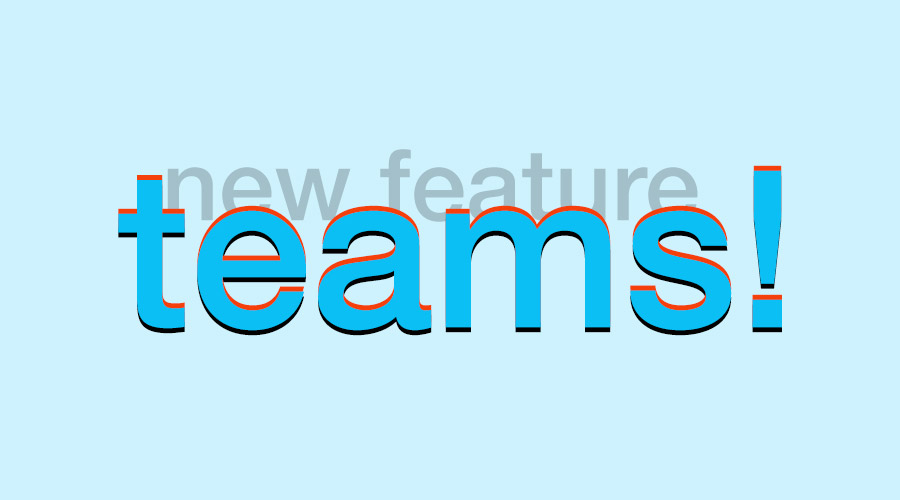





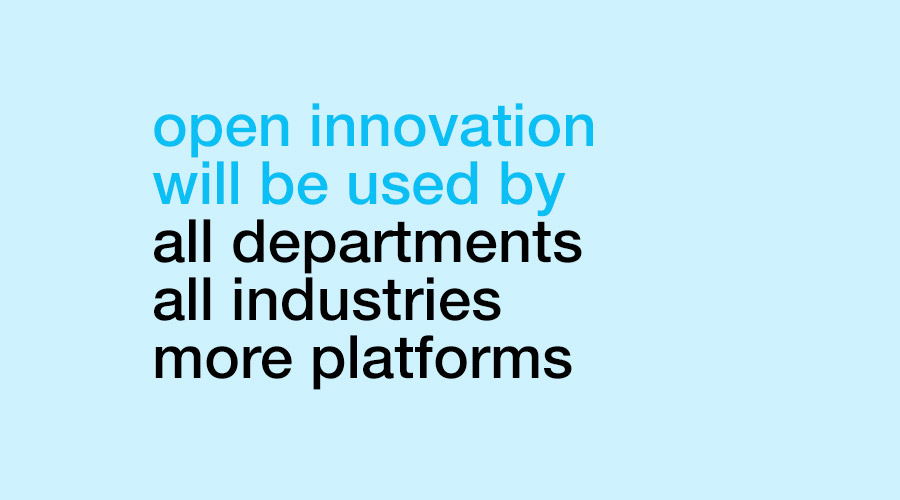



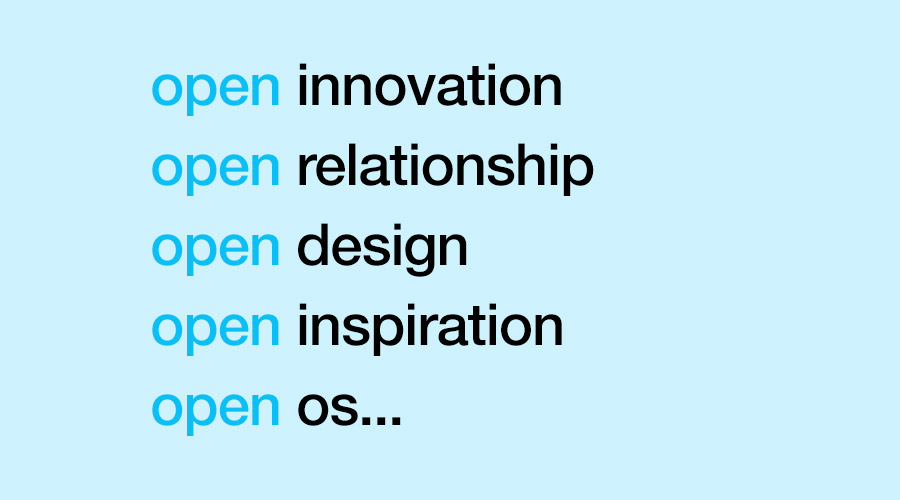








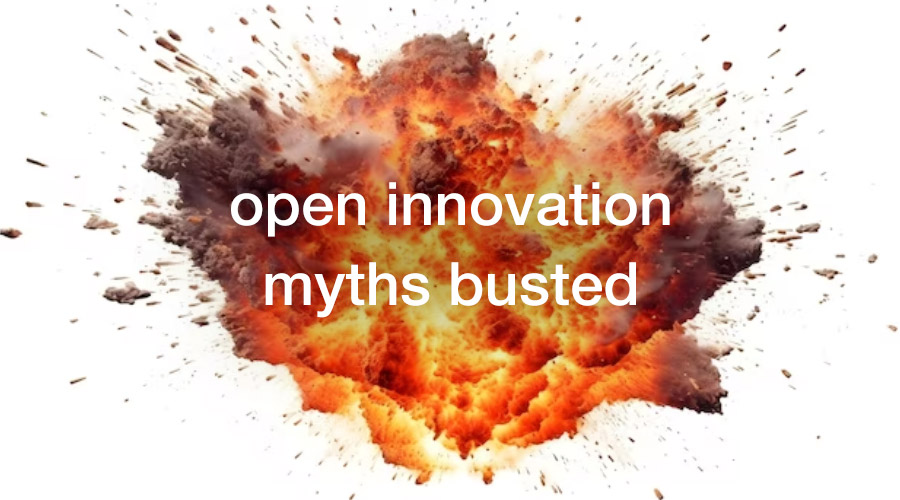

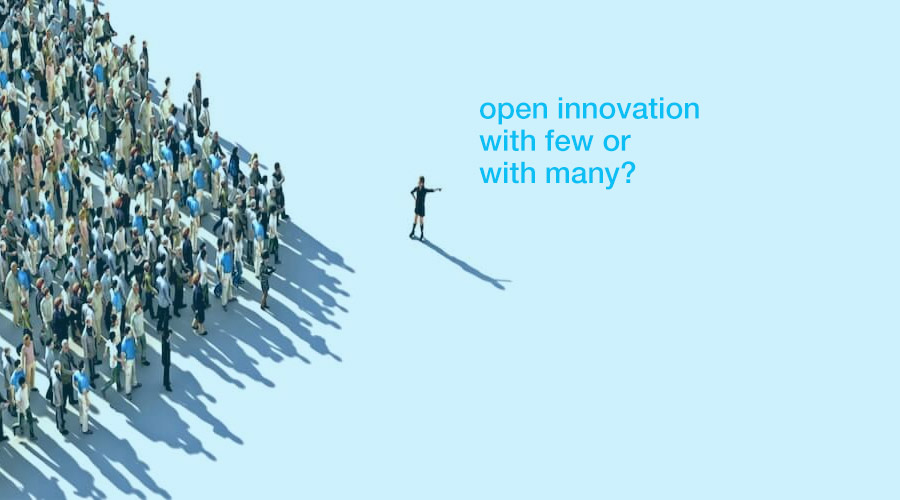



















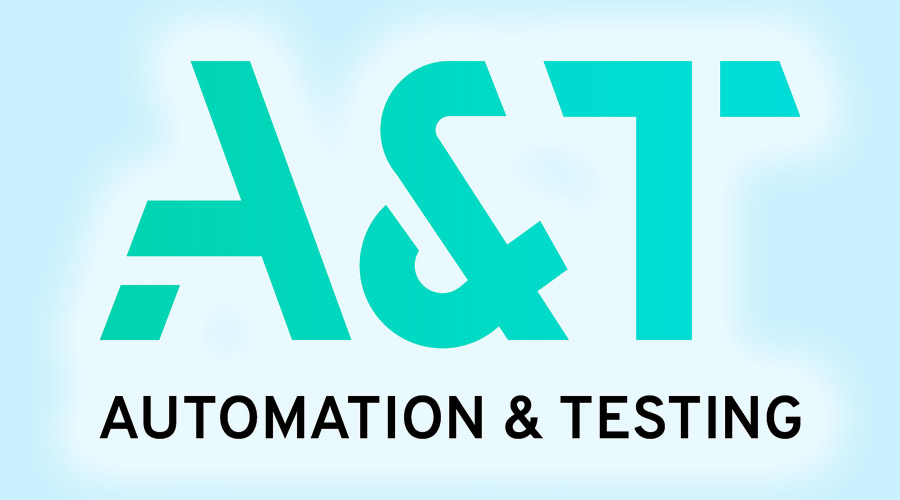



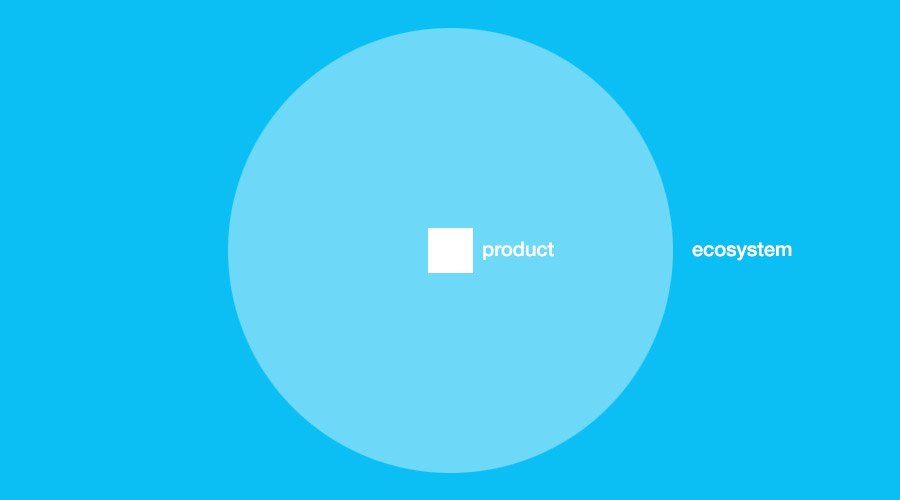















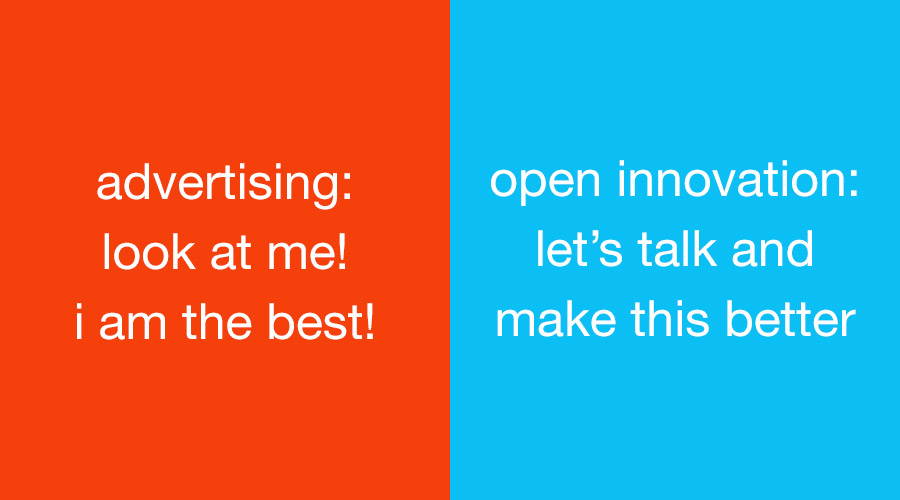









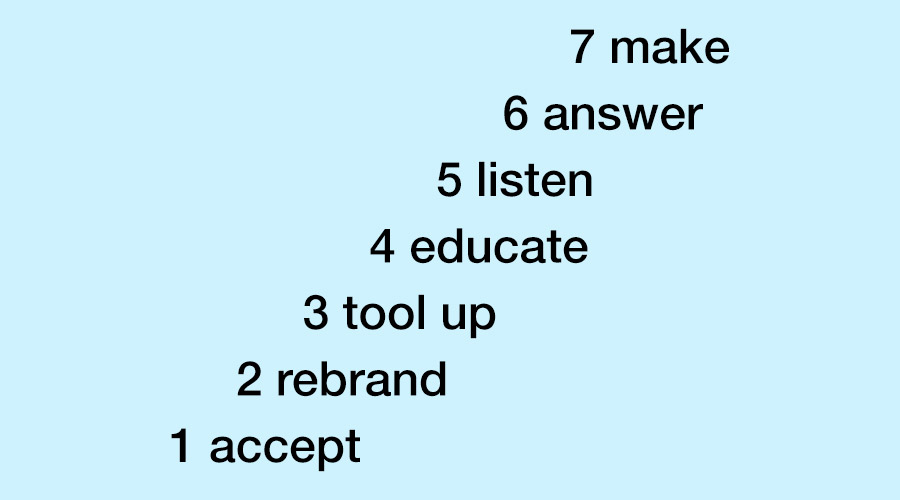

Market research, focus groups, social media comments, open innovation...
What is the difference between market research, focus groups, social media comments, and open innovation?
They all share the same goal – inform the company about what customers want. But they all use different methods, have different costs, and give different results. Most importantly, they are not in competition with each other, but they work together to complete the picture of what customers want.
Market research
Market research uses polls and interviews, and other similar methods which elicit very specific structured feedback from customers. Questions are designed by the company to be easily quantified in hope that more customers offer more input which is easy to process. Market research can be expensive and biased, but needs little change in the company.
Focus groups
Selected customers are asked for a more elaborate opinion. These are very controlled situations which can provide good insight but again in a very controlled way. Focus groups can be very expensive and biased, and they also need almost no change in the company.
Social media comments
They are free and abundant, but are very unstructured, hard to understand, and very biased. Most extreme comments can be in a minority but can still pull the company in a wrong direction. Social media comments do not need any change in the company.
Open innovation
Low cost and with minimum bias because of its focus on practical improvements, but it needs some changes in the company – which is actually good. All other three are external reactions which have very controlled effect on the company while open innovation builds a more transparent relationship with customers.
It is best to use all four together because they are not exclusive, but if you must chose one we suggest open innovation because of the low cost (thanks to openinnovation.me) and its direct and immediate positive impact on products.
To adopt open innovation email Andrea at andrea@openinnovation.me.